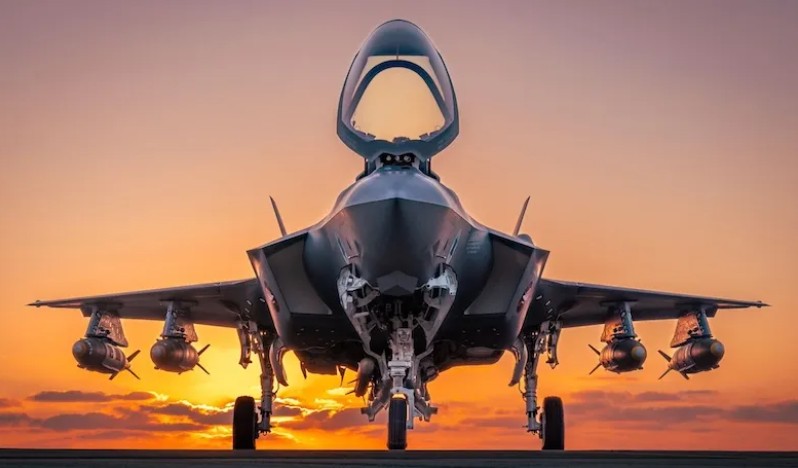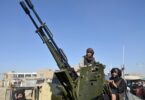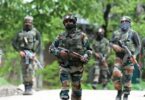Operation Rising Lion
The operation unfolded in the early hours of 13 June 2025 and involved a two-pronged strategy, where from one side swarms of drones were deployed within Iran and from another – over 200 fighter jets, or 60% of Israel’s Air Force, flew from various air bases in Israel.
Each “wing” had different targets – the drones were deployed earlier and struck air defense radars and communication nodes, as well as key senior commanders within the Iranian military, specifically targeting the Islamic Revolutionary Guard Corps (IRGC), which is tasked with safeguarding the ideological foundations of Iran, has its own ground, naval, air units, as well as the Quds Force, which often operates beyond the country’s borders. Assassinated figures included all the top scientists leading Iran’s “Manhattan Project” – Mansouor Asgari, Saeed Barji, Mohammad Mahdi Tehranshi, Fereydoun Abbasi, Akbar Motalebi Zadeh, Ali Bakhoei Katirimi, Ahmad Reza Zolfaghari, Abd al-Hamid Minoushehr and Amir Hassah Fakhahi. Military commanders included Taher Pur – Commander of the UAV Array, Mohammad Bagheri – Chief of Staff of the Iranian Armed Forces, Hossein Salami – Commander of the IRGC, Gholam-Ali Rashid – Head of the emergency response headquarters, Amir Ali Hahizadeh – Commander of the IRGC Air Force and Daoud Shihiyan – Commander of Air Defense. The result was Iran’s incapacitation to control its airspace, limitation to its decision making and execution channels and a decrease of the morale of the force, as well as that of the population, which would support it.
One of the striking examples of targeting key military personnel and demoralization tactics was the elimination of the replacement Iranian military chief Ali Shademani, who was also Khamenei’s closest military advisor, on 16.05.2025 only days after the IDF assassinated his predecessor at the beginning of the campaign on the 13th. Shademani was assassinated at a secret compound in the mountains outside of Tehran along with dozens of other senior IRGC officials who fled there from their main headquarter areas in Tehran, thinking that they would be safe. Unfortunately for them, the IDF already knew this and targeted them. Further, the strike on the HQ of the state TV in the center of Tehran, which showed the attack in real time sent a grave message that nobody was safe and limited the main channel for the state to communicate with its people.
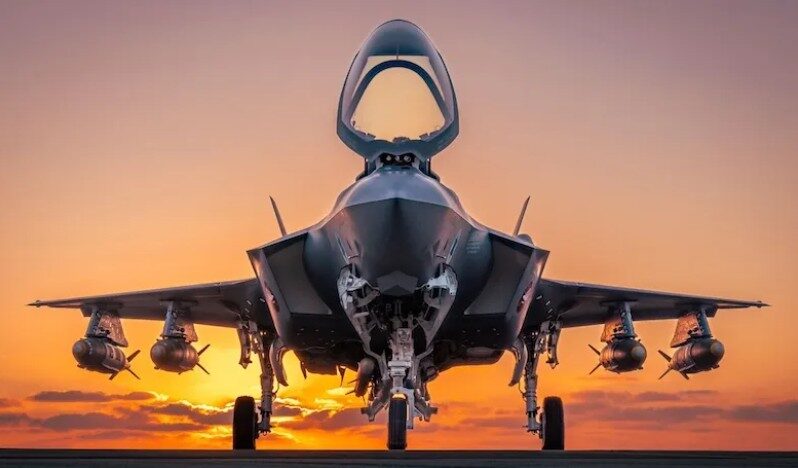
Having clear skies was the prerequisite for the Israeli Air Force (IAF) fighter jets to enter and wreak havoc across the country. The IAF targeted the nuclear sites at Natanz, Arak and Isfahan and, by some accounts, partially the very protected Fordow. Additionally, numerous launching facilities across the country were destroyed, which resulted is a significantly lower response (less than 50%) by Iran compared to Operation True Promise in April 2024. Further, numerous energy related assets were targeted, such as the Shahran fuel terminal in the Tehran area, with a 67-million-gallon capacity; the Tehran Oil Refinery in southern Tehran’s Shahr Rey district, with a production capacity of 225,000 barrels per day; the Phase 14 processing facility of the South Pars gas field, which had to suspend gas production; the Fajr-e-Jam natural gas processing plant, which hit the electricity production.
Analyzing media by official accounts showed that Israel had excellent intelligence where in these facilities to strike (administrative buildings were avoided, while machinery and equipment directly related to the scope of work were destroyed). Additionally, it was clear that Israel targeted energy assets responsible for domestic consumption only – Kharg Island, which some analysts estimate is responsible for 90% of Iran’s oil exports has not been touched. There is additional reason for this too – the majority of the exports from Kharg Island head towards China, which has been reaping the benefits of cheap oil supplies for a number of years (the deal that China got with Iran was analyzed here: https://www.thestrategicperspective.org/articles/iran-china-25-year-cooperation-has-major-regional-and-global-implications/ ). While Israel wanted to break the Iranian regime, it had to make sure the 2 main “friends” that the Islamic Republic had – Russia and China – were not disturbed during the whole operation. Still, satellite imagery shows that even without a single shot fired at it, Kharg Island’s traffic has been significantly disrupted. It is likely that China will be compensating its demand from its major storage facilities, such as those in Qingdao, Dalian, Zhoushan and others. Additionally, other players in the Gulf could compensate for the lost orders until the situation is normalized.
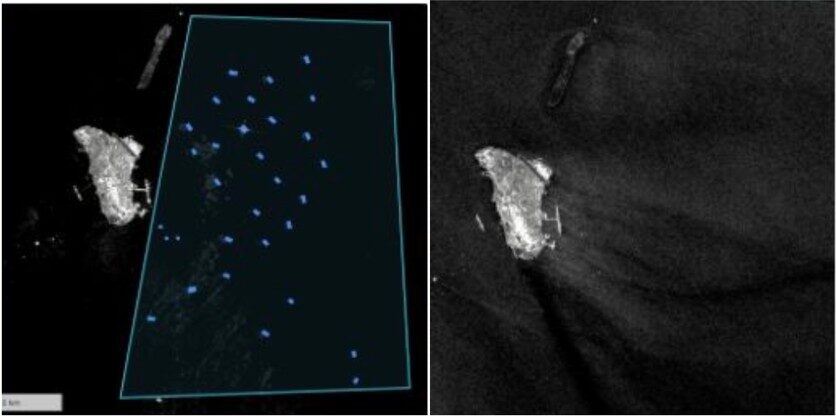
At the time of writing the article, 19.06.2025, the regime seems to be nearing its last hours of existence. On 17.06.2025 the Israeli ambassador to the US Yechiel Leiter mentioned that the major objective is eliminating the threat to Israel’s existence, i.e. the nuclear program of the country. Additionally, he reassured that a regime change is not their objective, but “if the people of Iran rise up, that’s their choice. And if we [Israel] play a role in facilitating that eventuality, then history will judge us favorably.”.
As Operation Rising Lion progresses, it’s important for the international community to understand that the purpose of Israel’s actions in Iran is to neutralize the threat to our existence through the regime’s nuclear weaponization and ballistic missile program.
— Ambassador Yechiel (Michael) Leiter (@yechielleiter) June 16, 2025
I share more… pic.twitter.com/v09KmyWK22
The change in the rhetoric by Trump and the administration from announcing of the support to moving assets, such as the Nimitz carrier strike group from South China Sea to the Gulf, the deployment of refueling planes from the Ramstein base in Germany heading south-east and the outright posts by Trump suggest that the time for negotiations is over.
— Donald J. Trump (@realDonaldTrump) June 17, 2025
— Donald J. Trump (@realDonaldTrump) June 17, 2025
While most of the nuclear sites have been struck, the most important one – in Fordow, hosting over 3,000 centrifuges on ca. 5,000 sqm – remained untouched. The site is constructed 80 to 90m below the surface in a mountain and its exact architecture is not known. The International Atomic Energy Agency (IAEA) Director General Rafael Grossi, who previously visited the site, indicated that there may be additional facilities up to 800m underground. The only weapon believed to have a chance at this would be the GBU-57 (a 13,600 kg deep penetration weapon able to go through 60m of 5,000 pounds per square inch reinforced concrete), but that would require US’s direct intervention as only 20 of those are available in the US and are carried by B-2 bombers. While the depth reach in this case is not certain, the fact that it has pinpoint accuracy can suggest numerous drops, which could reach the Fordow depth and annihilate the facility. Other ways would include targeting the ventilation systems or the electricity supply through direct or cyber hits (similar to the attack on Natanz in 2021) which would cause the centrifuges to spin out of control and demolish themselves. Similarly, an Israeli attack using GBU-28 (a 2,300 kg deep penetration weapon designed to go through 50m of earth or 5 to 6.7m of reinforced concrete) could be used in a similar scenario of multiple GBU-28s targeting the same spot.
Considering the situation, however, access to the facility could be easier obtained if the regime is toppled. Earlier mentioned ambassador to the US Yechiel Leiter even indicated on 17 June 2025 that Israel has already pulled a number of surprises and a major one is expected on the early hours of 20 June 2025. Additionally, after the Iranian strikes on Beersheba's Soroka Medical Center, the Israeli Defense Minister Israel Katz directly threatened to assassinate Ayatollah Khamenei.
#Israel’s ambassador to the U.S. says when the dust settles you will see some surprises on Thursday night and Friday that will make the beeper operation almost seem simple. pic.twitter.com/68s9ee6Agh
— Jason Brodsky (@JasonMBrodsky) June 17, 2025
Further steps would likely include organization of local rebellion against the existing government and the increased visibility of exiled prince Reza Pahlavi, who even announced that he has a 100-day transition plan if Khamenei falls, indicating that a plan like that might be in motion.
Lessons for India
The superbly planned Operation Rising Lion – from strategic and tactical perspectives, as well as using the temporary window of opportunity, where US and the UK are backing Israel and Iran is abandoned by its usual allies, should be something to be studied and analyzed once the dust settles. Unfortunately, it will also be analyzed by terrorists and rogue states.
On a strategic level, it involved a) the use of swath of drones which are pre-planted on local soil; b) nearly simultaneous attack by an organized Air Force. In the case of India, those 2 conditions can happen from Pakistan, Bangladesh and China. Unlike the case with Tehran, Delhi is unlikely to be targeted with the same intent.
The Siliguri Corridor, which connects the North East (Arunachal Pradesh, Assam, Meghalaya, Mizoram, Nagaland and Tripura) to “mainland” India, however, is a vulnerable spot and such strategy poses a grave danger to the region. The Chinese push in the Doklam plateau in Bhutan and the recent declarations by Bangladeshi “Chief Advisor” Muhammad Yunus about the landlocked status of the North East and its dependency on Bangladesh are not the actions and rhetoric, which can keep Delhi feel unalarmed. The porous borders, the renovation of the Lalmonirhat Air Base with Beijing’s help, are all very alarming conditions, which threaten the territorial integrity of the nation.
On a tactical level, the drone operation could be replicated by terrorist elements. It has a massive advantage over the employment of fedayeen (suicide) attacks strategy, because training and organization would be significantly cheaper and motivation would be easier – the participants know that they don’t have to perish. The damage could be asymmetric to the effort and cost, as it was proven in Operation Spider Web in Ukraine.
The problem from a defense point of view is that if the defense is reactionary, the chances for protecting the assets (people or important strategic equipment) are already very low and the price is very high. Example is the Iron Dome system, which albeit very effective, becomes very costly especially when $1,000 garage-made rockets are used. The defense policy should be proactive where the root of such planning and employment of such resources (people, training, drones, etc) is detected and eliminated before their deployment. It would require integration of special forces operations, autonomous drones, AI-enabled intelligence, surveillance and reconnaissance.
Considering that Pakistan’s economy is in shatters where borrowing from IMF and the WorldBank are the only ways to keep it afloat and the Bleed India with a Thousand Cuts doctrine that they have employed, the drone operations are a likely evolution of their strategy to inflict damage and will shift from destabilizing specific areas to targeting strategically important assets. India has no choice, but to adapt, leave the No-First-Use policy only for nuclear weapons, while everything else must be proactive. The image of the most humane army looks great internationally, but as we have seen from the US treatment to Pakistan post Pahalgam massacre, it means very little and what matters is the safety of its own people. An asymmetric response, before or after rogue elements execute their plans, such as Operation Sindoor, or the ongoing Operation Rising Lion, are giving the best results.


